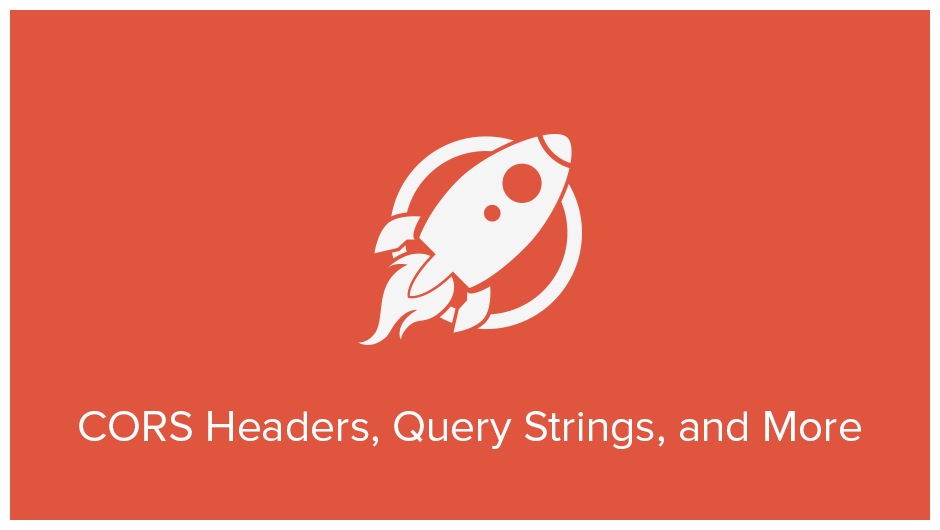
New CDN Features Galore!
One thing that I really enjoy when signing up for a service is those little extras you get, new features or content that weren’t there before but have been added as times gone on. Now I know this sounds strange, but to me it shows that the business that you’ve signed up for cares enough to make new things for the same price.
At CDNify we have this passion to strive forward and make new things, constantly adding to the stack of features we already have to give our customers those same little extras.
Wanting to keep this “features train rolling”, we decided to devote a lot of time and energy into crafting a bunch of new functionally that you’ve been asking for.
Robots.txt

What is it?
Robots.txt provides instructions to web robots and spiders about a website, telling them what they can and cannot access. It’s commonly used to stop search engines from categorising and archiving a site’s pages, essentially keeping specific content private and out of search results.
How is it used?
By default CDNify allows robots to index your resources, however we’ve now got the option to stop bots from doing this which helps prevent content duplication from both the origin and CDN.
CORS Headers

What is it?
CORS headers allow assets to be shared across multiple locations. Most modern browsers need to know the origin of the resource, if it’s not explicitly stated it could throw an error.
How is it used?
When selected, the origin of the assets is explicitly set in the access control header.
GZIP Compression

What is it?
GZIP is a tool used to compress assets like images to decrease file size and minimise download time from server to user, overall improving website performance.
How is it used?
GZIP is enabled by default as it’s recommended to reduce the amount of time assets get pulled, however there is an option to turn it off to keep the full file size. This option is used to reduce the CPU cycles to speed up processes on the server.
Force SSL

What is it?
A command to override the transmission protocol – When assets get pulled from the origin to the POPs, it’s done via HTTP by default.
How is it used?
Enabling force SSL tells assets to be sent via HTTPS to securely send content over the web.
Query Strings

What is it?
A query string is a set of characters at the end of a URL, typically for holding queries within the URL as apposed to post data.
How is it used?
If one asset has multiple instances with differing query strings, the default is to cache them all individually, by enabling this option the cache will ignore the query string and will only be cached once.
More Features?
Not wanting to stop there, we’re continuing building more and better features as time goes on, but the most important thing to us is your feedback.
What do you think of the new features? What can be improved? What other features do you think we should build next?
Let us know in the comments below of suggest features over at CDNify Contact.